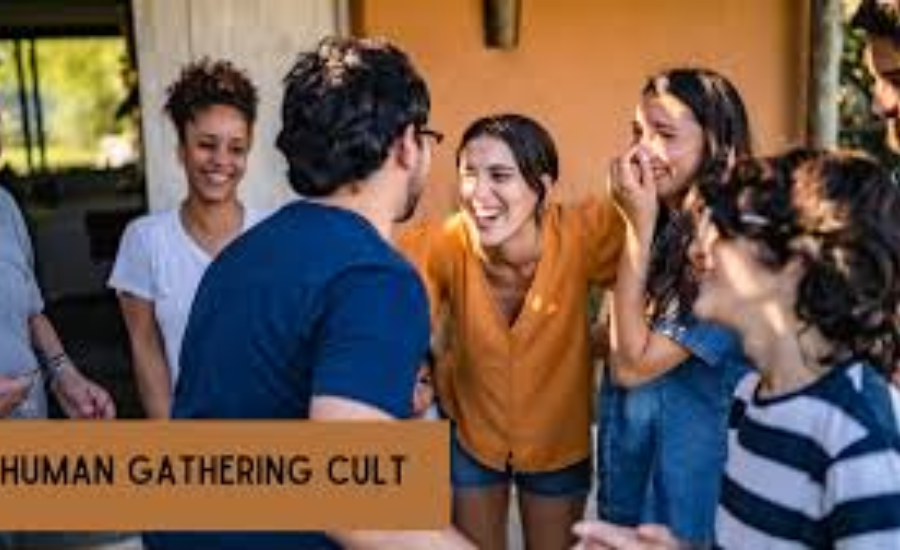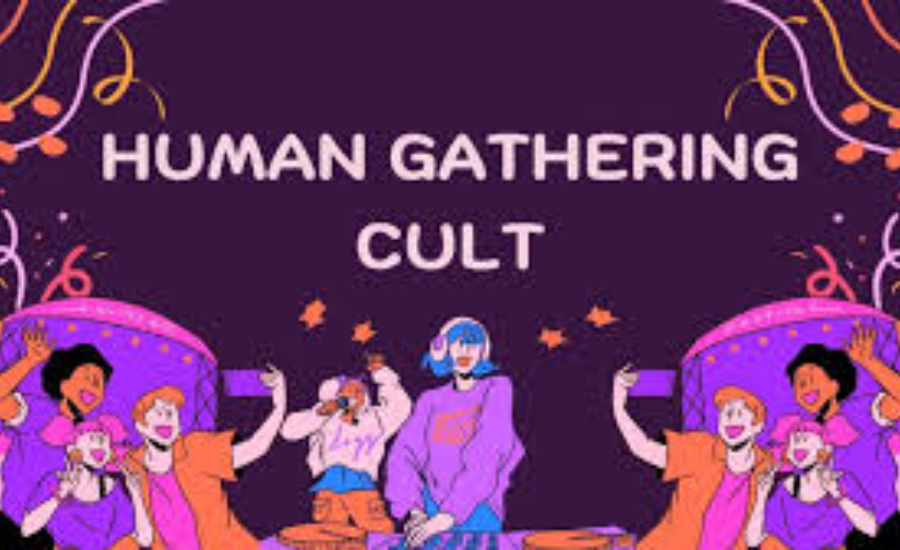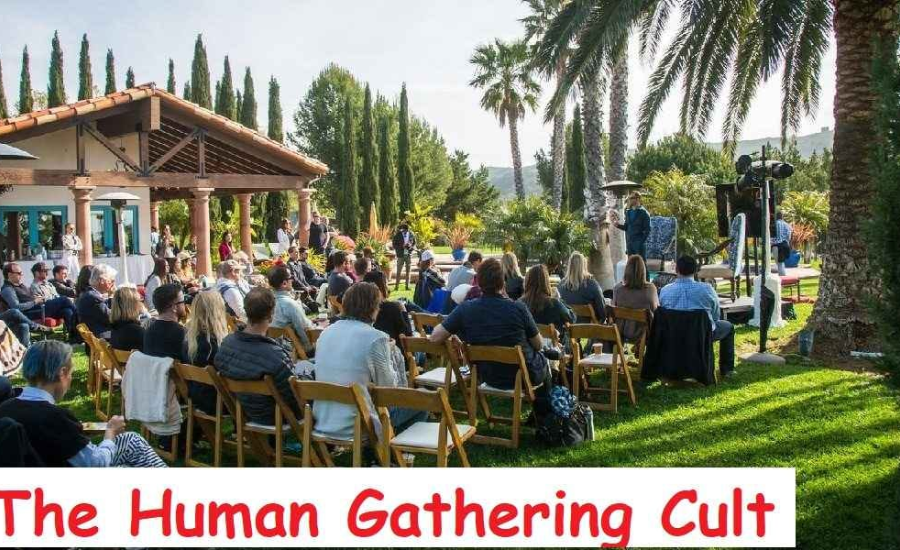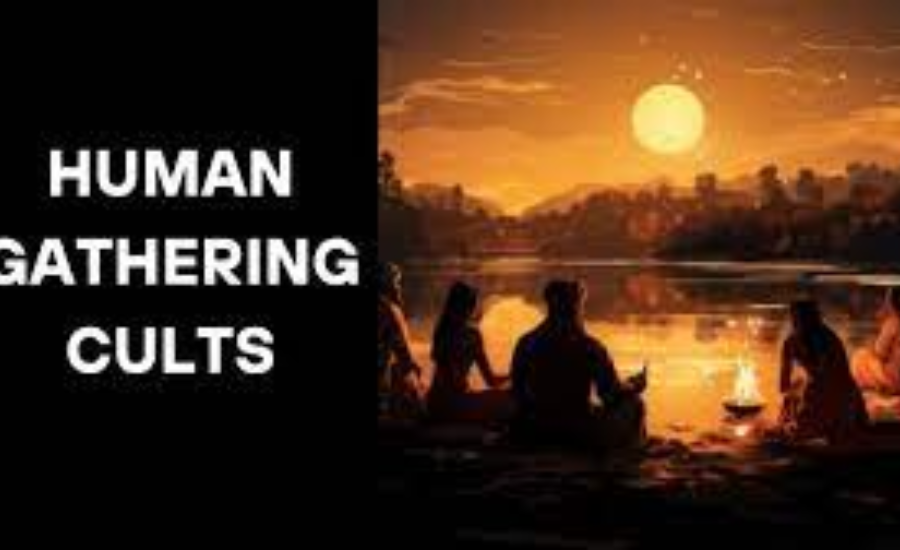The media’s sensationalization and general misunderstanding of human gathering cults mask a unique social phenomenon that probes the core of human nature and belief systems. Public curiosity in these societies has been piqued for ages due to their closed and sometimes hidden nature. How complex are these cults? Let’s investigate their background, psychological foundations, and modern manifestations.
Understanding
Definition and Characteristics
The word “cult” conjures up mental pictures of obscure, controversial organizations run by enigmatic leaders. Religious, spiritual, or even political groups that display extreme loyalty to a specific doctrine or leader can also be characterized as cults. Particularly, human gathering cults emphasize communal life and strong social bonds.
Historical Context of Human Gathering Cults
The roots of human gathering cults trace back to ancient times when religious sects and philosophical communities promoted communal living and shared beliefs. Groups like the Essenes in Judea or certain Gnostic sects in early Christianity can be considered precursors to modern cults, emphasizing withdrawal from mainstream society to form tight-knit communities.
Psychological Foundations

Group Dynamics and Influence
It is thrive on strong group dynamics. The psychological need for belonging and identity is a significant driver for individuals joining these groups. Members often experience a profound sense of purpose and community, which can be both empowering and controlling.
Leadership and Control
Cults are often led by charismatic and authoritative figures who exert significant influence over their followers. These leaders use various psychological tactics to maintain control and loyalty, including indoctrination, manipulation, and sometimes even coercion.
Modern Manifestations

Contemporary Human Gathering Cults
In modern times, human gathering cults have evolved but still maintain their core characteristics of communal living and strong social bonds. Examples include certain new religious movements, intentional communities, and even some political groups that foster a cult-like following.
Influence of Media and Technology
The advent of media and technology has transformed how these cults operate and recruit. Social media platforms, in particular, have become powerful tools for reaching and influencing potential members, allowing cults to expand their reach beyond physical boundaries.
Impact on Members
Participation in human gathering cults often leads to profound personal transformations. Members frequently report increased self-awareness, enhanced emotional intelligence, and a deeper sense of fulfillment in their lives. The strong communal bonds foster a supportive environment that can significantly improve an individual’s well-being. However, the intense communal experience also presents challenges, such as navigating complex interpersonal dynamics and reconciling conflicting ideologies within the group.
Criticism and Controversies
Despite the positive aspects, human gathering cults are not without their critics and controversies. Outsiders often view these groups with skepticism, sometimes labeling them as cults or questioning their motives and practices. Internal disagreements and power struggles can occasionally disrupt the harmony within the community, leading to friction and discord among members. These controversies can tarnish the group’s reputation and raise concerns about their methods and intentions.
Future of Human Gathering Cults

Looking ahead, the future of human gathering cults is marked by ambitious plans for growth and expansion. Founders and leaders aim to broaden their reach by establishing satellite communities in various locations, hosting international gatherings to bring members together from around the world, and leveraging technology to deepen connections in virtual spaces. By expanding their principles and practices to a wider audience, they hope to foster a more inclusive and interconnected community, ensuring the continued evolution and impact of their movement.
FAQs About Human Gathering Cults
Q1: What exactly defines a human gathering cult?
A human gathering cult is typically characterized by communal living, strong social bonds, and extreme loyalty to a specific doctrine or leader. These groups can be religious, spiritual, or political in nature, and often emphasize a collective identity over individualism.
Q2: How do human gathering cults differ from other communal groups?
While many communal groups promote shared living and beliefs, human gathering cults often feature charismatic leaders and more intense group dynamics. They may also employ psychological tactics to maintain control and loyalty among members.
Q3: What are the historical roots of human gathering cults?
Its have roots in ancient religious sects and philosophical communities that promoted communal living and withdrawal from mainstream society. Historical examples include the Essenes in Judea and certain Gnostic sects in early Christianity.
Q4: What psychological factors drive individuals to join human gathering cults?
The psychological need for belonging, identity, and a sense of purpose are significant drivers. Cults provide a strong sense of community and support, which can be both empowering and controlling.
Q5: How have modern human gathering cults evolved?
Modern human gathering cults maintain their core characteristics but have adapted to contemporary society. They utilize media and technology for recruitment and communication, allowing them to reach a broader audience.
Q6: What are the potential benefits and challenges for members of these cults?
Members often experience increased self-awareness, emotional intelligence, and fulfillment. However, they also face challenges in navigating complex interpersonal dynamics and reconciling conflicting ideologies within the group.
Q7: Why are human gathering cults often viewed with skepticism?
Outsiders may view these groups as cults due to their intense loyalty to leaders and controversial practices. Internal power struggles and ethical concerns about manipulation and coercion contribute to this skepticism.
Q8: What is the future outlook for human gathering cults?
The future of human gathering cults includes plans for growth and expansion, with aims to establish satellite communities, host international gatherings, and leverage technology to deepen connections. They seek to foster a more inclusive and interconnected community.
Conclusion
Its Human gathering cults represent a complex social phenomenon that delves into the core of human nature and belief systems. With a rich historical background and profound psychological foundations, these groups continue to evolve in modern times. They offer members a sense of belonging, purpose, and personal transformation while also facing criticism and controversies. As they look to the future, the challenge for human gathering cults will be to balance their ambitious growth with ethical considerations, ensuring their principles and practices resonate positively with a broader audience. Understanding these dynamics is crucial for appreciating the intricate tapestry of human gathering cults and their impact on society.
Stay in touch for more updates and alerts: Vents Tribune!

